How Early Texans Used Their Holiday Time Off
Friday, December 23rd, 2016This is Passport to Texas
We have something in common with early Texans.
Christmas and the month of December—in large part—was the time when Texans gathered.
Cynthia Brandimarte is program director for Texas historic sites. Unlike today when a short trip by car or plane will get us to our holiday destination, travel was difficult for early Texans.
And so when you traveled, you tended to stay. People had time at Christmas to do that—to travel and spend weeks.
Which makes the few days that most of us get off at Christmas seem like a rip off. And early Texans made good use of this block of time.
It was then that they celebrated not only Christmas, but other special events, and planned weddings for the month of December.
Since Texas was mostly rural in the 19th and early 20th Centuries, and there wasn’t a lot of farming that could happen in December…
It almost gave 19th Century and early 20th Century rural Texans an excuse not to work. And thus to play a bit more, and socialize a bit more, than they had time to do many other months of the year.
How will you spend your time off this holiday season? How about making time to enjoy the great outdoors?
We at Passport to Texas wish you a Merry Christmas and a prosperous New Year…
For Texas Parks and Wildlife…I’m Cecilia Nasti.
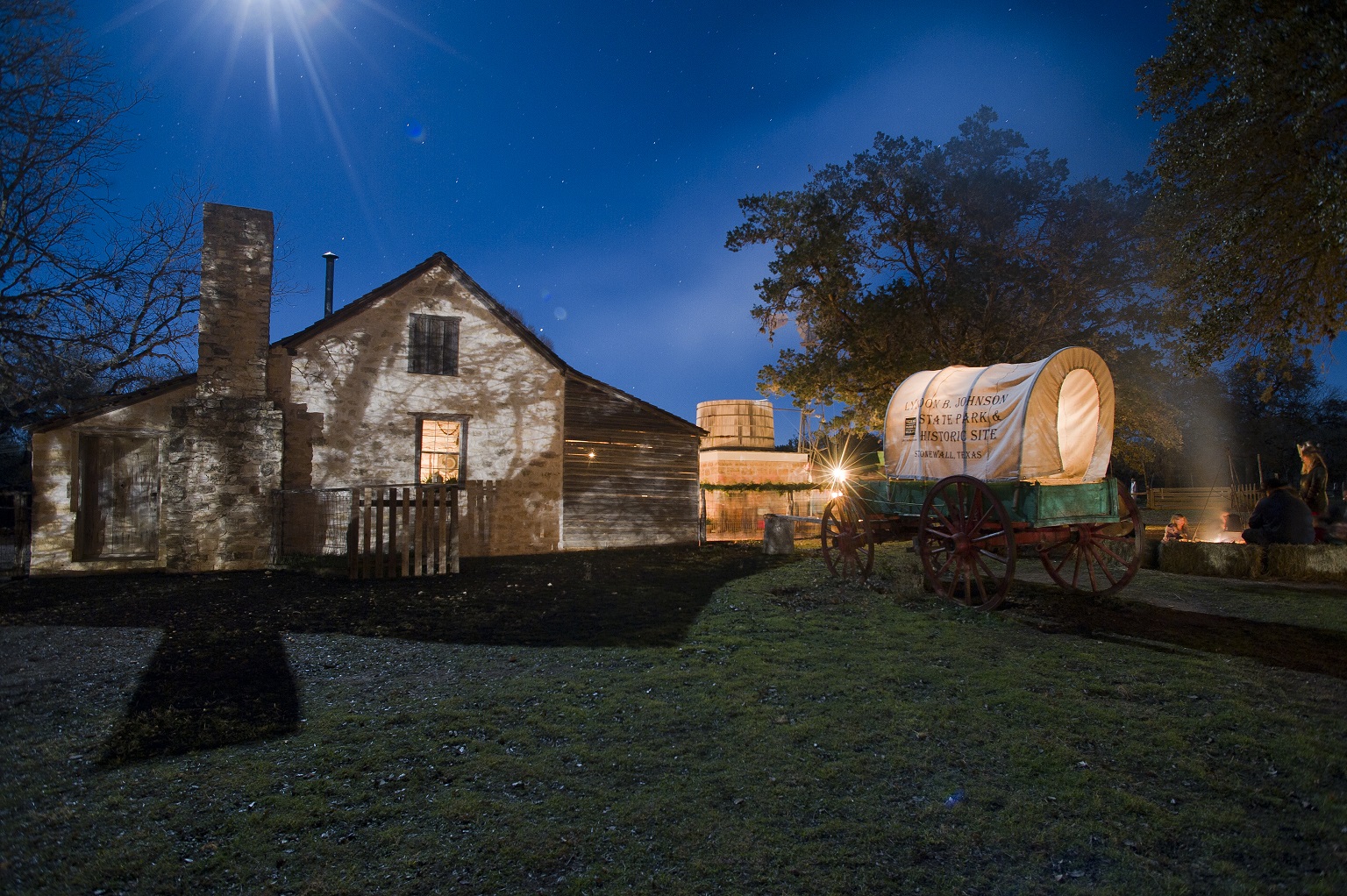

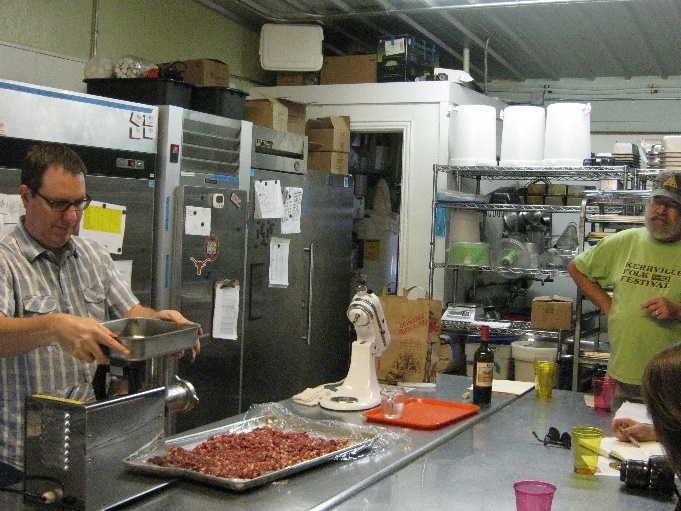
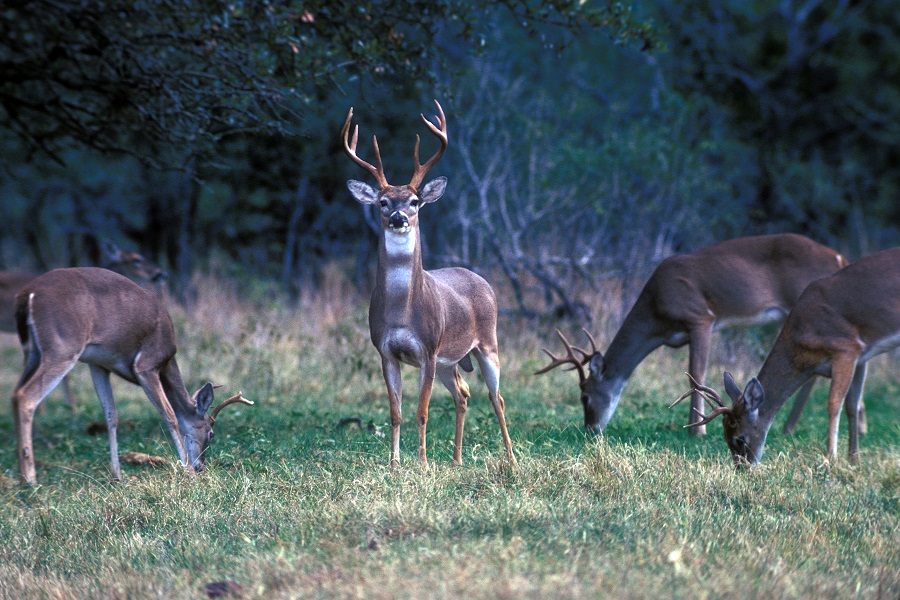
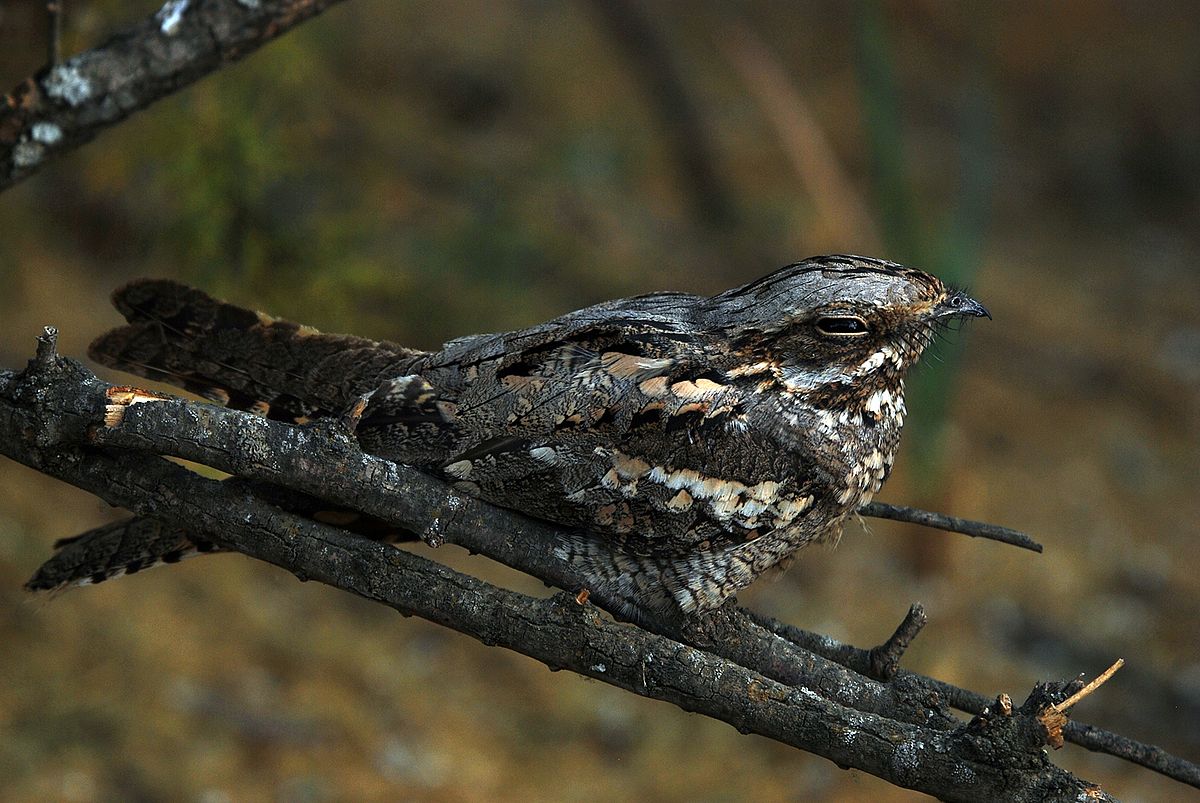
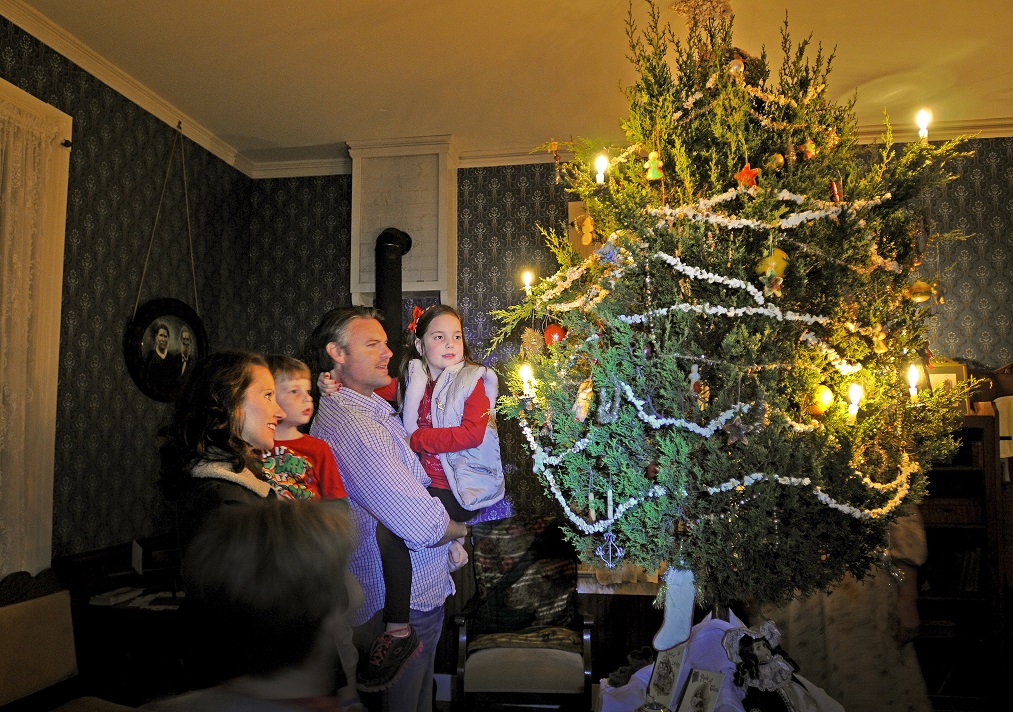

 Passport to Texas is a
Passport to Texas is a  Passport to Texas is made available by:
Passport to Texas is made available by: